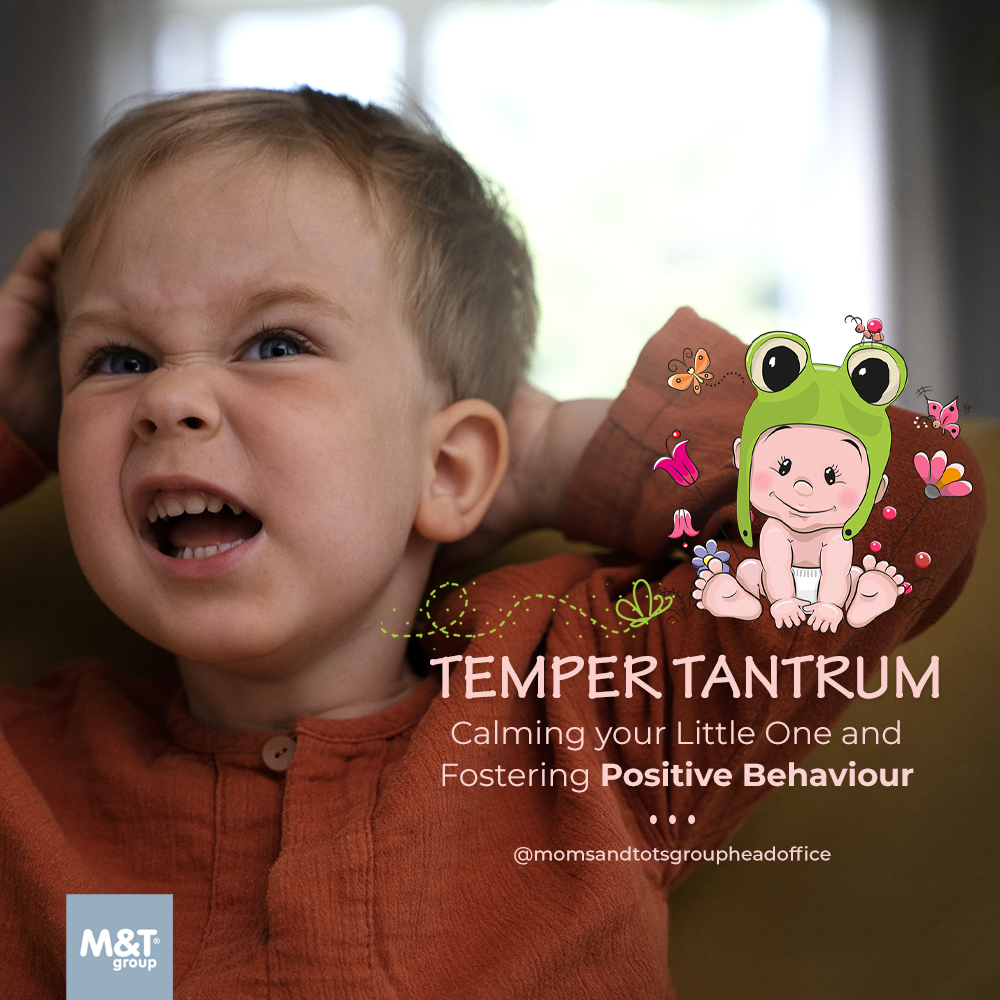By incorporating these tips, you can help your child learn to manage their emotions and foster positive behaviour. Remember, patience and consistency are key in helping your little one navigate their feelings and actions and these are just some guidelines on our toddler journey.
Create a Calm Environment
– Reduce noise and distractions in the room.
– Use soft lighting and play soothing music.
Stay Calm Yourself
– Model calm behaviour for your child.
– Take deep breaths and speak in a soft, reassuring voice.
Establish Routines
– Maintain consistent daily routines to provide a sense of security.
– Use visual schedules to help your child understand what to expect.
Offer Choices
– Give your child simple choices to help them feel in control.
– Example: “Do you want to wear the blue shirt or the red shirt?”
Use Positive Reinforcement
– Praise your child for good behaviour and effort.
– Offer small rewards like stickers or extra playtime for positive actions.
Teach Deep Breathing
– Show your child how to take slow, deep breaths to calm down.
– Practice breathing exercises together.
Provide a Comfort Object
– Allow your child to have a favorite toy or blanket for comfort.
– Ensure it’s always available during stressful situations.
Encourage Physical Activity
– Engage in activities that let your child burn off energy.
– Play outside, dance, or do simple exercises together.
Set Clear Expectations
– Clearly communicate rules and expectations to your child.
– Use simple language and visual aids if necessary.
Redirect Negative Behavior
– Gently guide your child towards a positive activity when they are upset.
– Offer a favorite toy or start a fun game to distract them.
Practice Patience and Empathy
– Acknowledge your child’s feelings and validate their emotions.
– Use phrases like, “I understand you’re feeling upset.”
Teach Problem-Solving Skills
– Help your child find solutions to their problems.
– Ask questions like, “What can we do to make this better?”
Limit Screen Time
– Reduce exposure to overstimulating media.
– Encourage more interactive and calm activities like reading or puzzles.
Use a Calm Down Corner
– Create a special space with calming items where your child can go to relax.
– Include soft pillows, books, and sensory toys.
Be Consistent
– Consistency helps your child understand what to expect.
– Apply rules and consequences in a fair and predictable manner.
Practice Mindfulness Activities
– Introduce simple mindfulness exercises appropriate for your child’s age.
– Activities like guided imagery or gentle yoga can help them relax.





